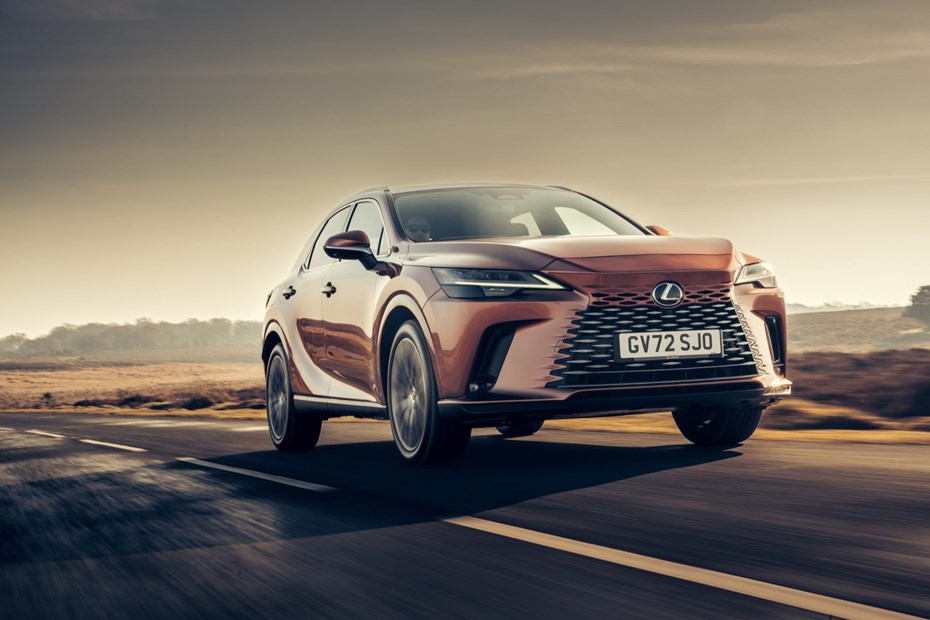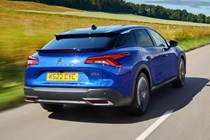Crossovers have become hugely popular, dominating new car sales in recent years. These vehicles blend elements of traditional cars and SUVs, offering a higher driving position and extra ground clearance while maintaining the handling and fuel efficiency of a regular car. Walk down any street, and it seems like half the cars are some form of crossover. As a result, manufacturers are even phasing out coupes, estates, and MPVs because of the demand for these versatile, SUV-inspired vehicles.
In this guide we’ll explain what a crossover car is and what it isn’t, and cover their advantages and disadvantages to help you decide if you should buy one.
What is a crossover exactly?
All crossovers currently on sale in the UK have five doors, albeit with bodies of different shapes. Some are hatchbacks, some are coupes, some are more like estates and some are essentially an MPV.
Pretty much all crossovers are primarily sold with two-wheel-drive. There may be four-wheel-drive models available, but they’re usually a bit of an afterthought. In many cases, the 4WD model is a hybrid with an electric motor powering the back wheels, while the car’s engine powers the front wheels.
But the key identifying characteristics of a crossover are that it’s taller and has more ground clearance than an equivalent hatchback or estate. But not by much.
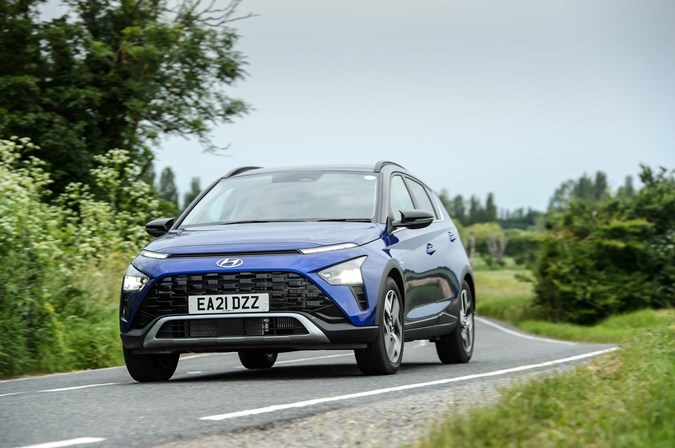
How is a crossover different to an SUV?
It can be tricky to tell the difference between a crossover and an SUV. Think of the Land Rover Defender —it’s big, boxy, has loads of ground clearance, and 4WD, making it a classic SUV. But something like the Ford Puma? It’s called an SUV by Ford, but technically it’s a crossover since it’s shorter and only has front-wheel drive. In the end, carmakers can label their vehicles however they like, so sometimes the line between SUV and crossover blurs.
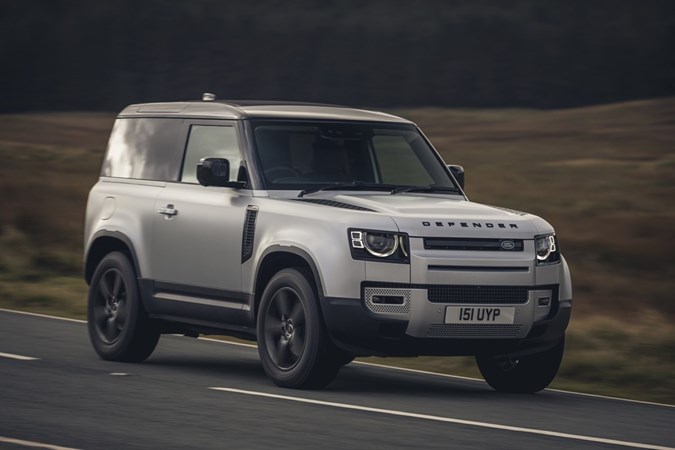
Where’s the line between a crossover and a regular car?
The line between a crossover and a regular car is often blurred, but generally, crossovers combine elements of traditional cars (like hatchbacks or saloons) with features from SUVs. They typically offer a higher driving position, increased ground clearance, and a more rugged appearance while sharing a car-based platform for a smoother, more fuel-efficient ride. In contrast, regular cars prioritize lower ground clearance and sportier handling. However, the distinction can get murky since manufacturers often market crossovers as SUVs.
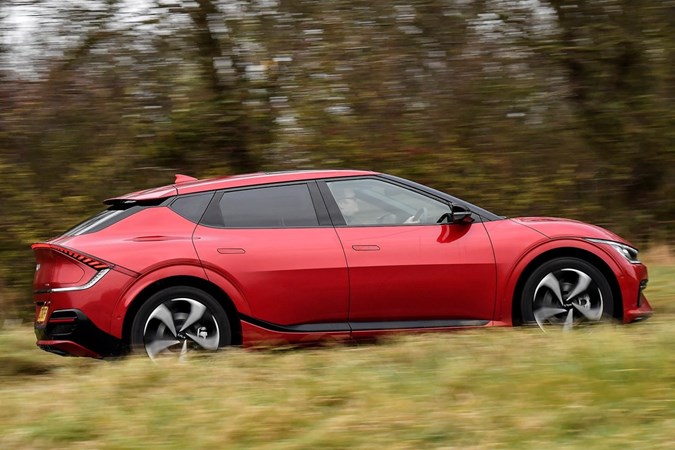
What are the advantages of a crossover car?
Many people just like the SUV-like style of a crossover, but they do have some practical advantages over regular cars. Their extra ground clearance, in particular, which creates an elevated seating position. That gives a better view of the road ahead for the driver, and the surrounding scenery for the passengers.
Access is improved, as well. The higher seat means you don’t have to lower yourself so far into the car, and it’s easier to get out. You don’t have to bend down so much when lifting children into and out of the car, either.
The extra ground clearance also gives more suspension travel, so crossovers are generally better able to soak up the UK’s ruined roads. Many crossovers have more passenger and boot space than a comparable hatchback or saloon, as well.

What are the disadvantages of a crossover?
Crossovers always cost more to buy than an equivalent hatchback, saloon or estate. They’re not as efficient, either, and aren’t quite as good to drive. But those slight compromises don’t really matter to the legions of crossover buyers who probably wouldn’t have anything else.
Looking for more jargon-busting motoring meanings? Head over to our Parkers Car Glossary page and take a look at our other definitions
Just so you know, we may receive a commission or other compensation from the links on this website - read why you should trust us.


